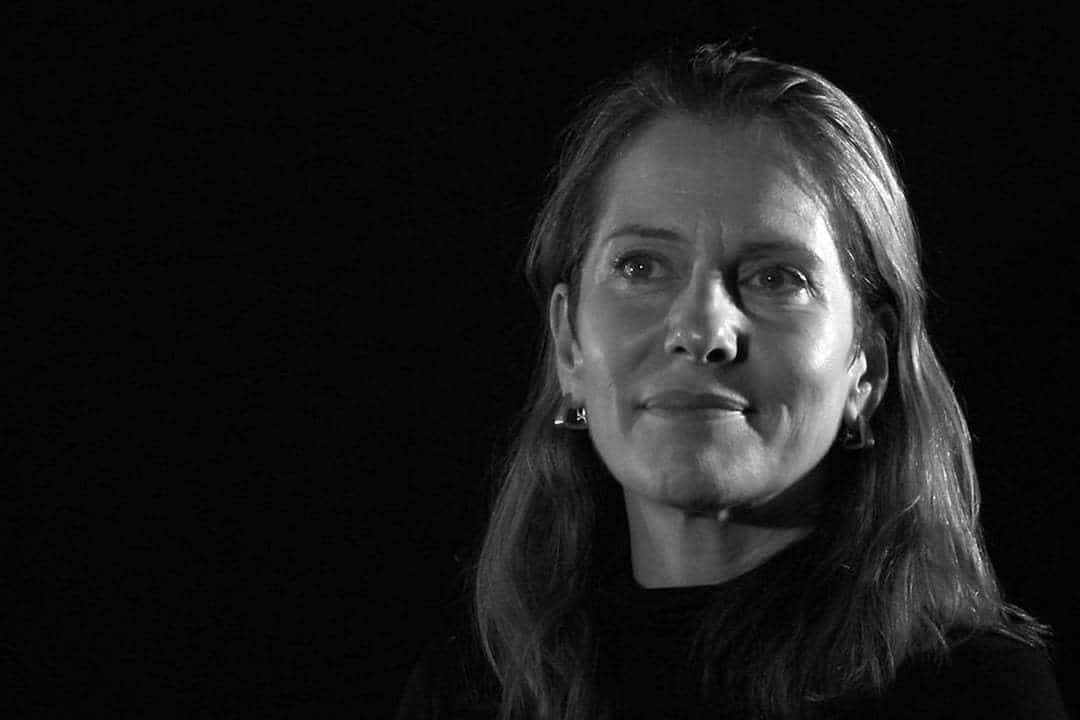Known on Twitter as @curiousoctopus, the Museum of Modern Art’s Senior Curator of Architecture & Design Paola Antonelli unfurls tentacles of knowledge and wisdom in a brief conversation. If you want to talk about people who truly, madly, deeply love design—it’s Antonelli.
In 2015, Surface Magazine put her in the “Power 100″ most influential people of the art world. She was also recognized by AIGA for “expanding the influence of design in everyday life by sharing fresh and incisive observations and curating provocative exhibitions at MoMA.” At this year’s Association of Registered Graphic Designers’ (RGD) annual DesignThinkers Conference she is a keynote speaker.
I really like things, and things then tell me about people.
She’s known for forward-thinking exhibitions that challenge the public’s perception of a museum exhibit. Some of her notable curatorial acquisitions for MoMA include video games, the Rainbow Flag and the @ symbol.
“I go through life looking at things. That’s what gets my attention. That’s what gets me thinking. That’s what I love looking at,” she explains over the phone. “There are other people that instead go through life only relating or mostly relating to people, and you could say that that’s a more natural way to go through life. But I really like things, and things then tell me about people.”
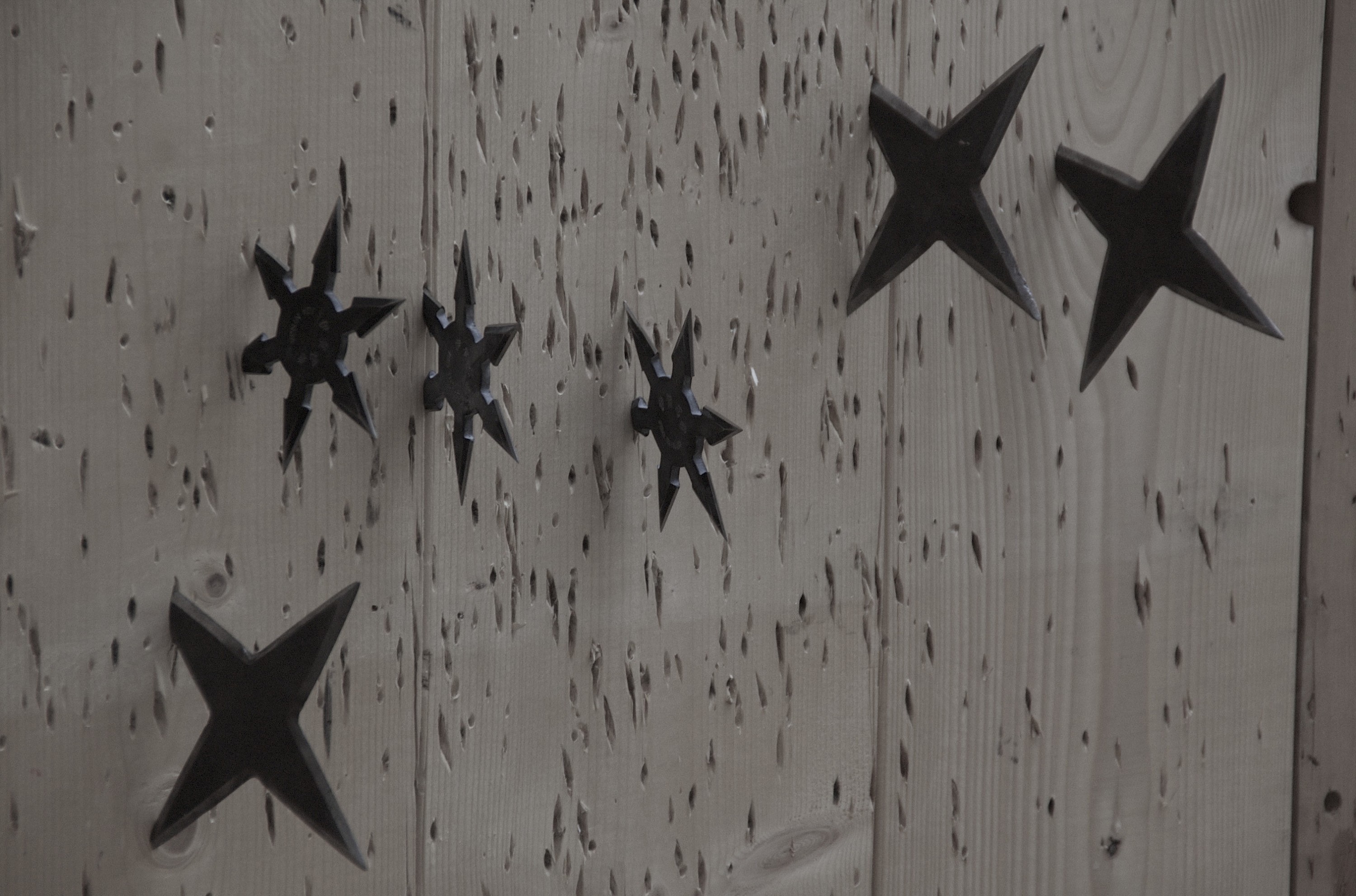
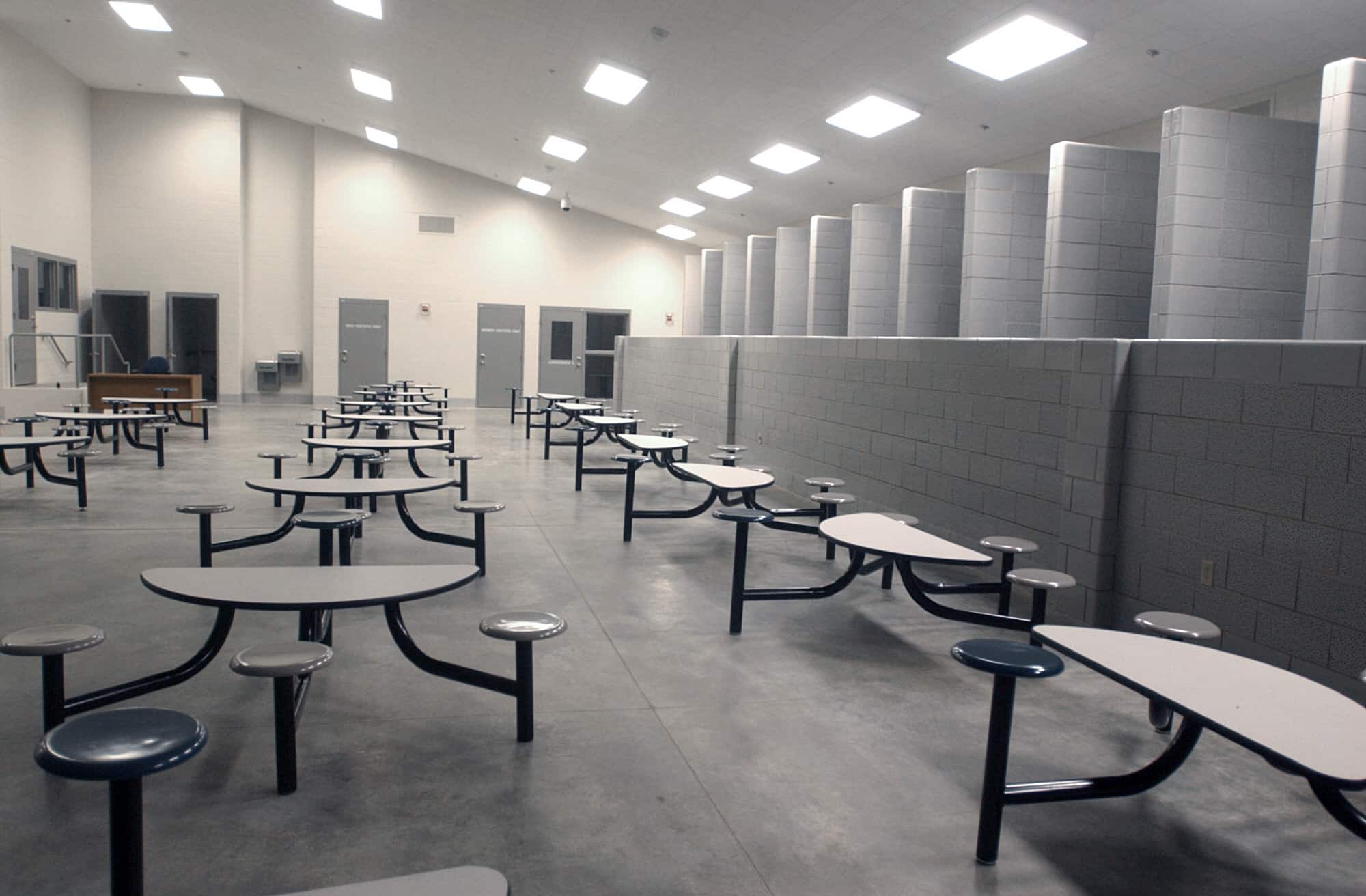
From Design and Violence: Ninja throwing stars, Thomson Correctional Center
Her creative process involves collecting as much information as possible. “It’s really a problem,” she says. “I don’t have many other hobbies. It’s pretty much all I do with my life. I tag and organize but it’s not that easy. My Twitter feed ends up being a repository of the things I look at.”
On the day that we speak, Twitter has been flooded with another story about police violence. The topic of design doesn’t feel urgent or appropriate but Antonelli has a different perspective. “I believe that no, more than ever, it’s important to come together to define ethical goals and behavioural codes and ways to really tackle what’s going on in the world,” she says.
Exposure, common dialogue and an attempt to really communicate with parts of the world that we don’t really know—that can be an area for designers.
“We all know about terrorist attacks, but many people don’t know about holidays like Eid. The only way for the world to go forward, is to consider Islamic culture as part of the future. It’s important that we know about holidays and how to celebrate that. Exposure, common dialogue and an attempt to really communicate with parts of the world that we don’t really know—that can be an area for designers.”
Her previous work on design’s relationship to violence includes an experimental online exhibition called, appropriately, Design and Violence. Launched in the summer of 2015, Antonelli curated objects ranging from an AK-47 rifle to plastic handcuffs. The archive is organized into thematic categories: Hack/Infect, Constrain, Stun, Penetrate, Manipulate/Control, Intimidate and Explode. It reflects on our fascination and sophistication with violence. “Although designers aim to work toward the betterment of society, it is and has been easy for them to overstep, indulge in temptation, succumb to the dark side of a moral dilemma, or simply err,” reads the exhibit’s mission statement.
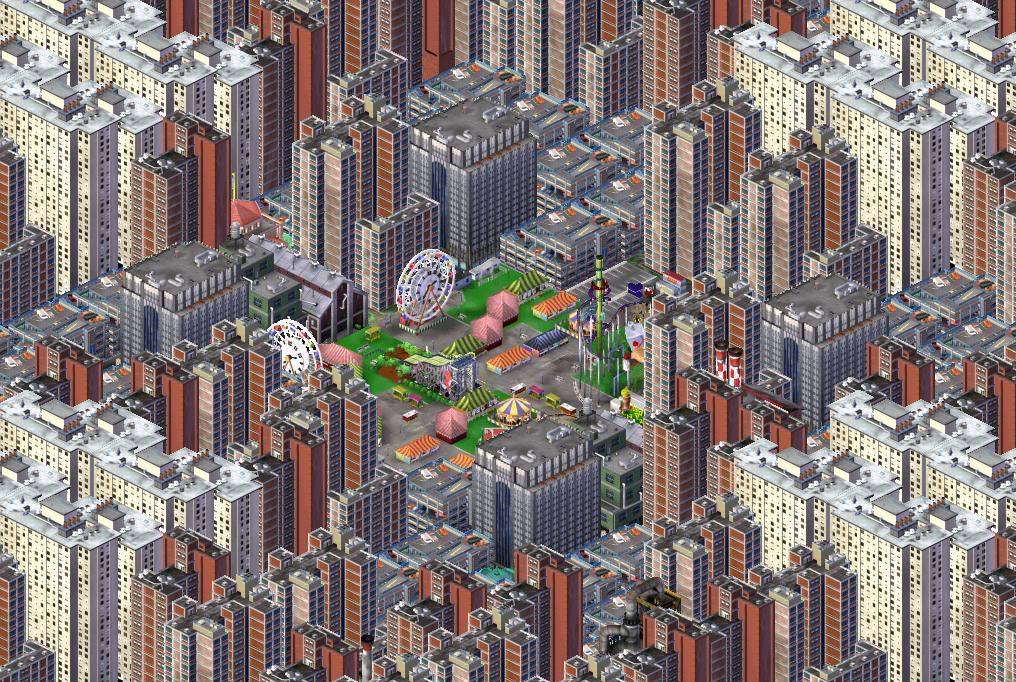

From Design and Violence: Magnasanti, Mountaintop Removal
Design is used to expose the problems. It’s an investigative tool for the world around us. “I don’t think problem-solving is the first design priority anymore,” Antonelli says. “There is so much confusion right now and designers can really help people understand what to tackle.”
Most of the objects “on display” at the MoMA’s online Design and Violence exhibit are truly horrific. They represent the worst parts of humanity and propose philosophical dilemmas such as, “Design for war and weapons often spurs further innovations and adaptions for the greater good. Can this perverse relationship ever be reconciled? Do the benefits justify the suffering and destruction caused by earlier incarnations of the same technologies?”
There is so much confusion right now and designers can really help people understand what to tackle.
There is not much that Antonelli shies away from, and yet, the live-streamed videos hashtagged #blacklivesmatter are not put through an academic lens. The importance of its content supersedes discussions about the objects around it. “Design is not there to be enjoyed,” she clarifies. “It’s to be used or to be lived with. Well, some of it might be for enjoyment—but that’s not the type I’m particularly interested in. Instead, I’m interested in the design that can help us deal with the situations.”
She urges designers to connect with each other, continuously improve their skills and find like-minded people from other disciplines. As they excavate problems, she collects the relics and shares them with the public. She’s collecting items of clothing for a new show and everything that she adds to MoMA’s collection becomes invaluable. “I was looking at the different head wraps for Muslim women that we have acquired in the past. We acquired one by Galya Rosenfeld that is made of metal mesh, so it’s almost protective. Then we acquired Capsters, which are headgear for Muslim sports women. I cannot tell you, every single acquisition means so much to us as curators.”
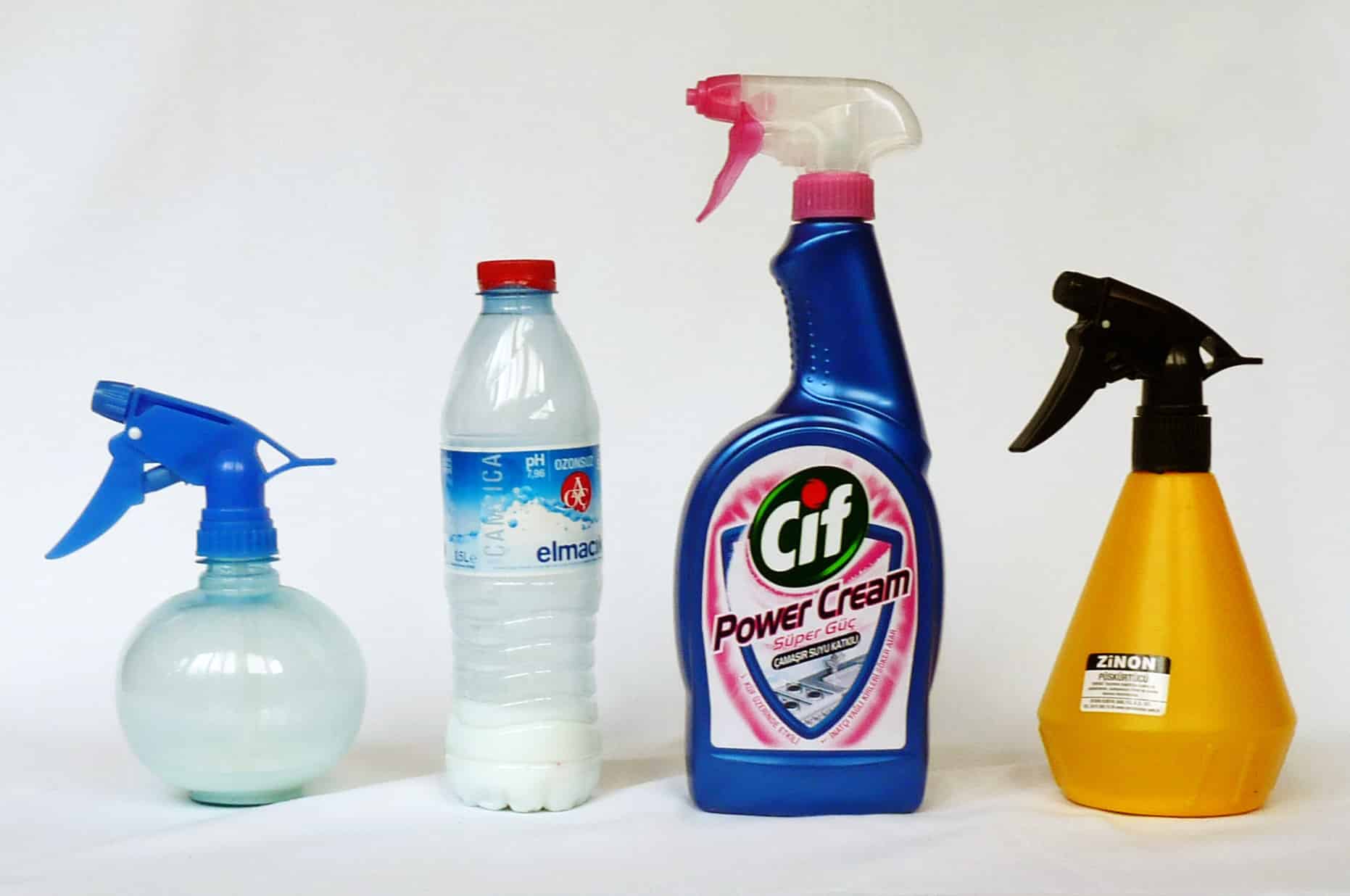

From Design and Violence:Hacked protest objects, Anti-pirate water cannon
The other area of design Antonelli highlights is design and synthetic biology. It connects to bigger investigations of digital space making and how those places respond to different laws. “I don’t find virtual reality that interesting, believe it or not. I’m more interested in augmented reality and in how you can connect the digital and the physical space, even without any devices.”
When you find someone well-versed in the history of a subject, it’s always worthwhile to probe for their vision of the future. How will the relationship between objects and problems play out? Are we ever going to find answers to slippery issues like violence?
“I like thinking of designers as bridges,” she says, “and I’ve been theorizing for the future that maybe design will go the way of physics and you will have theoretical designers and applied designers, so there will be theoretical designers, perhaps, that will help frame the problems that will help direct people and other designers, and then there will be the designers that will make the solutions.”
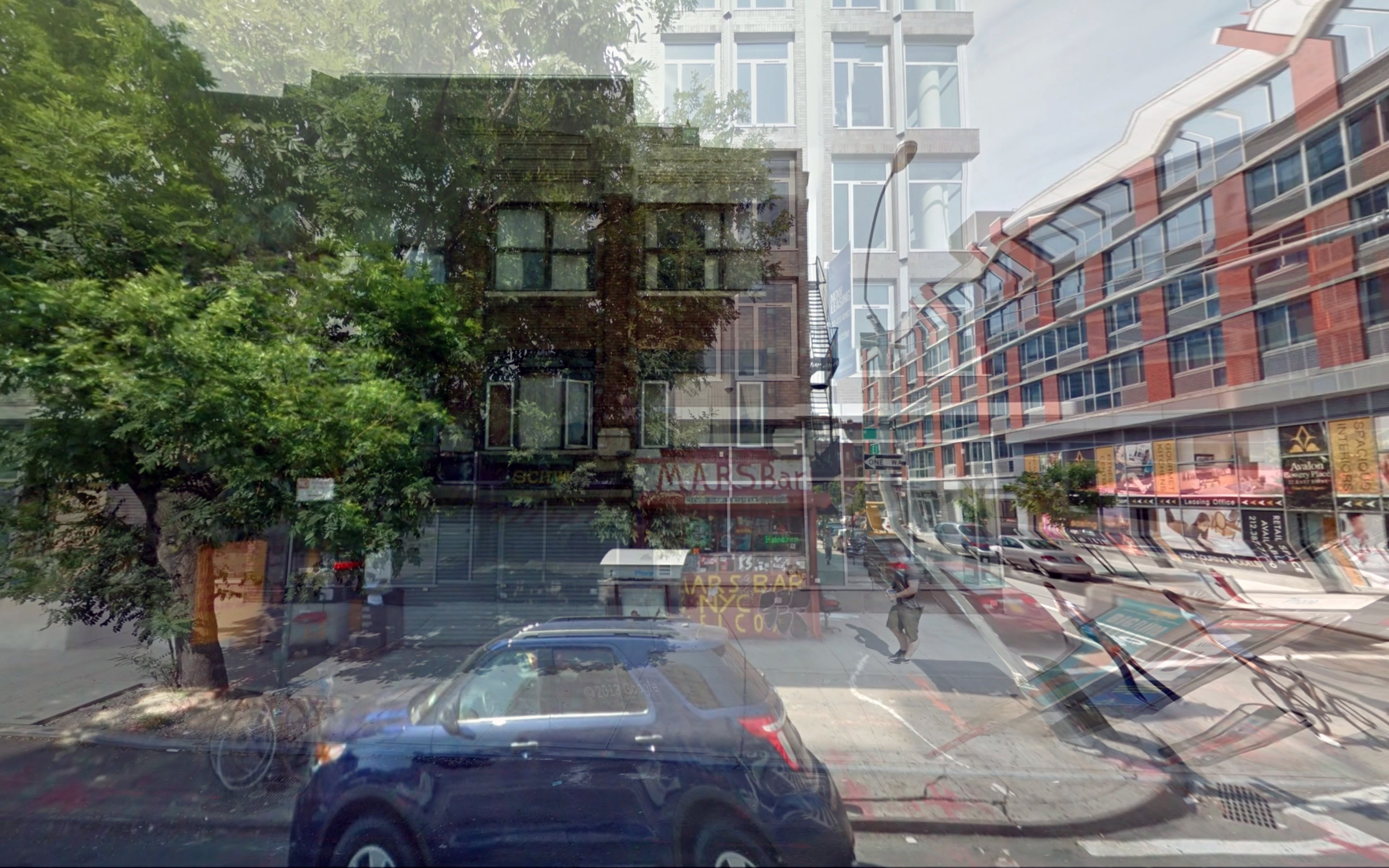
From Design and Violence: Vacated by Justin Blinder
Paola Antonelli is coming to Toronto November 3 & 4, 2016 for the Association of Registered Graphic Designers’ (RGD) annual DesignThinkers Conference. Now in its 17th year, DesignThinkers is Canada’s only conference exclusively focused on visual communications, and one of the most renowned design events in the world.
Header image via Vimeo/Images via MoMA
